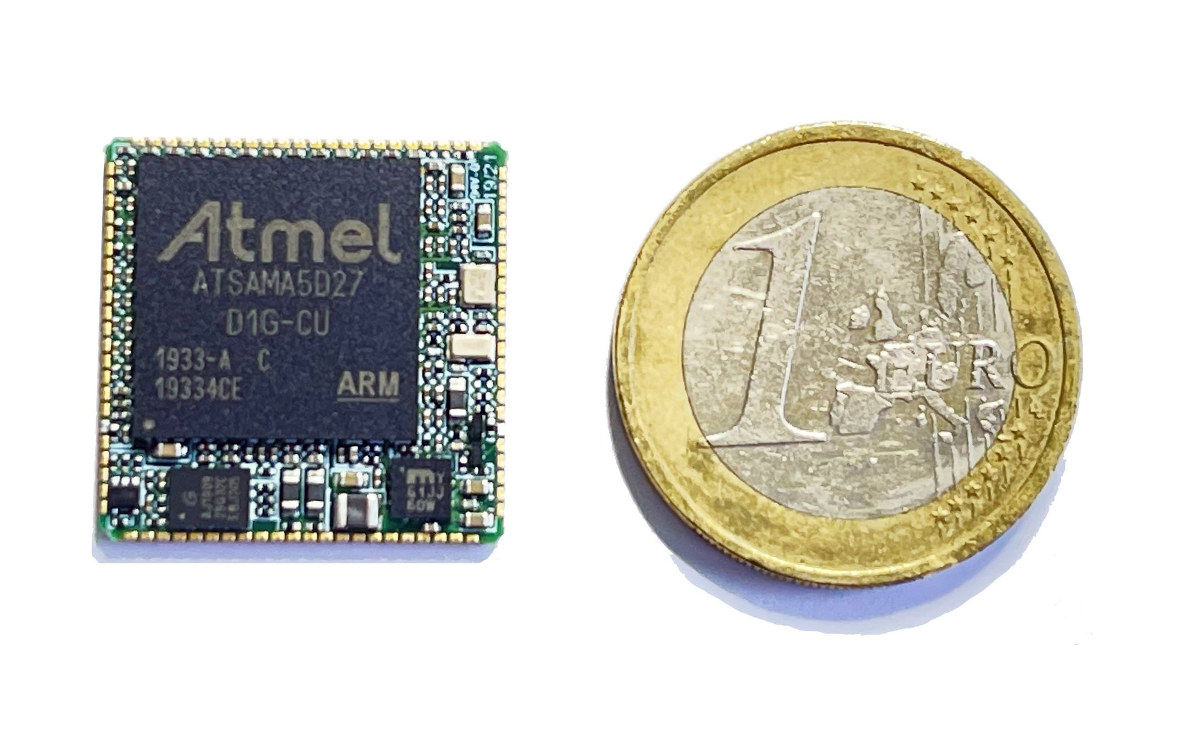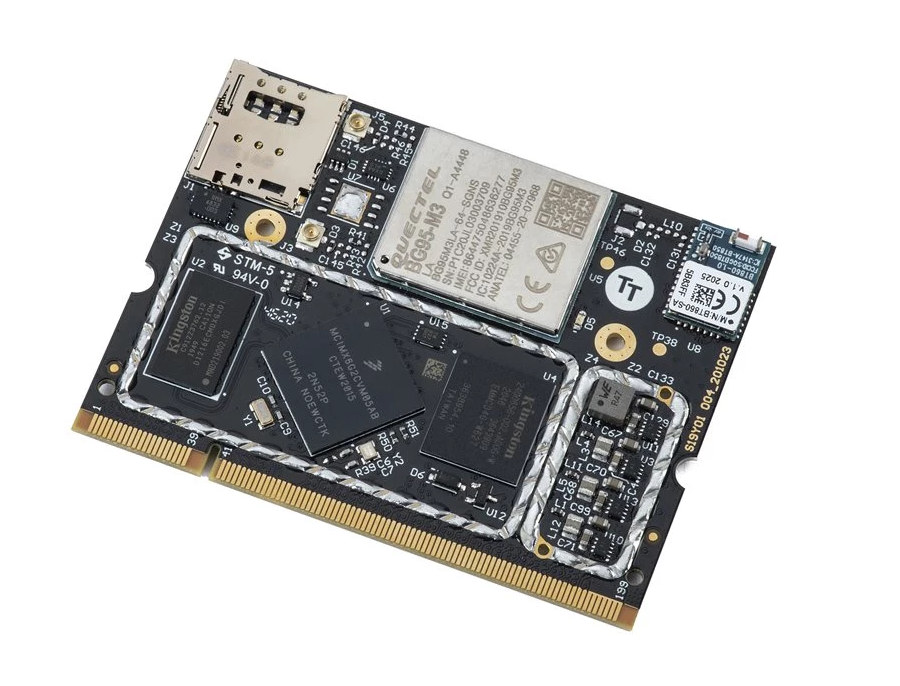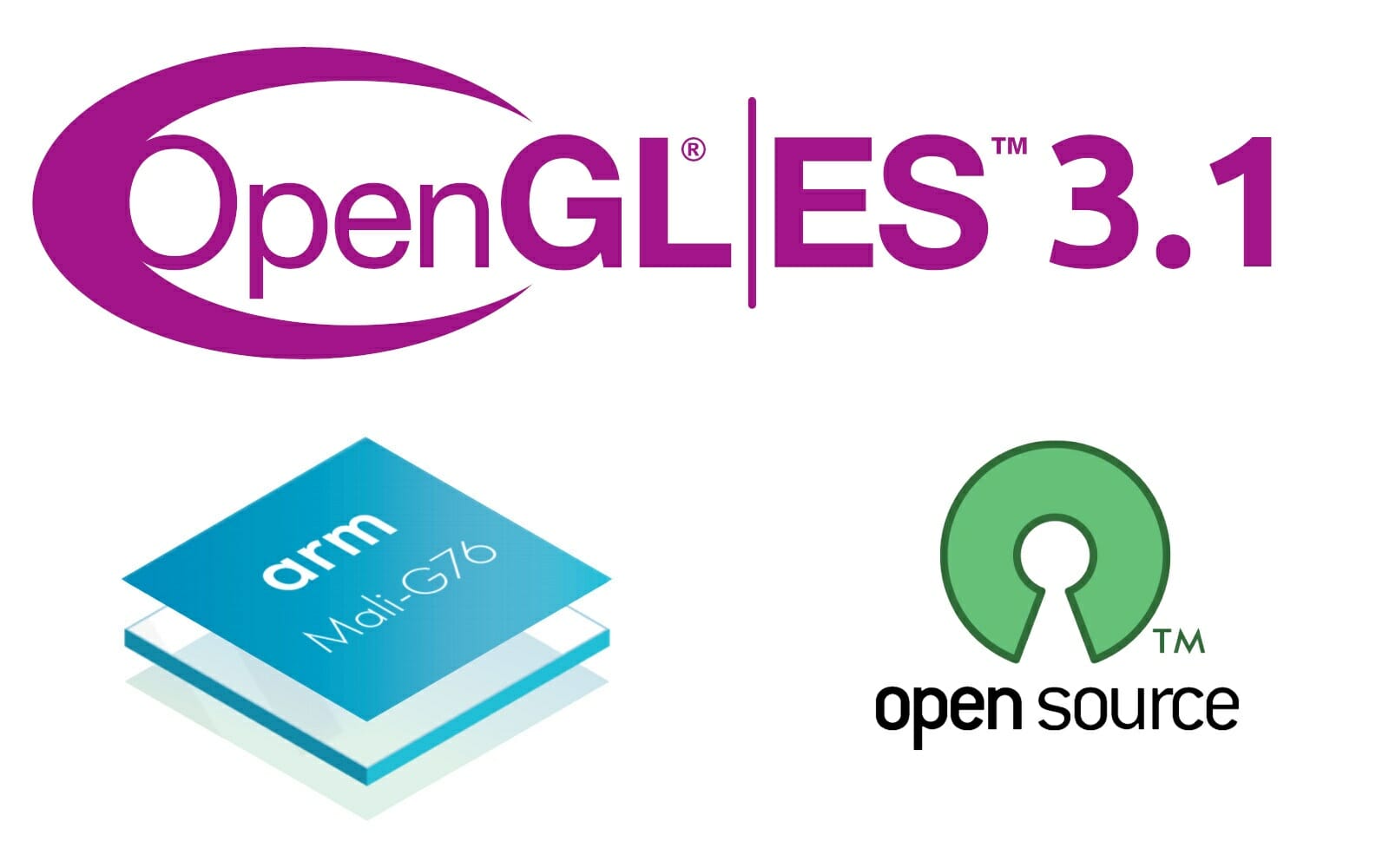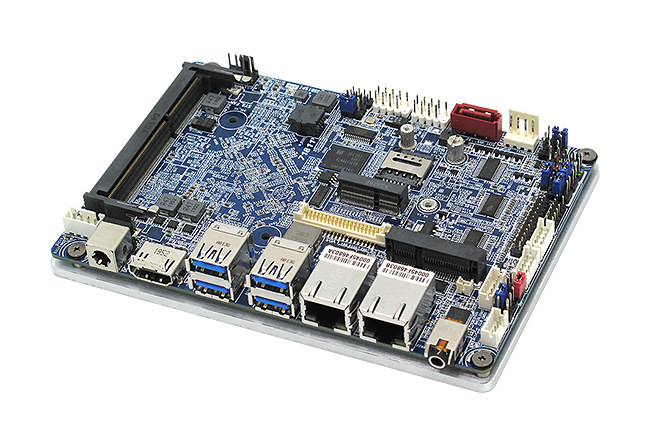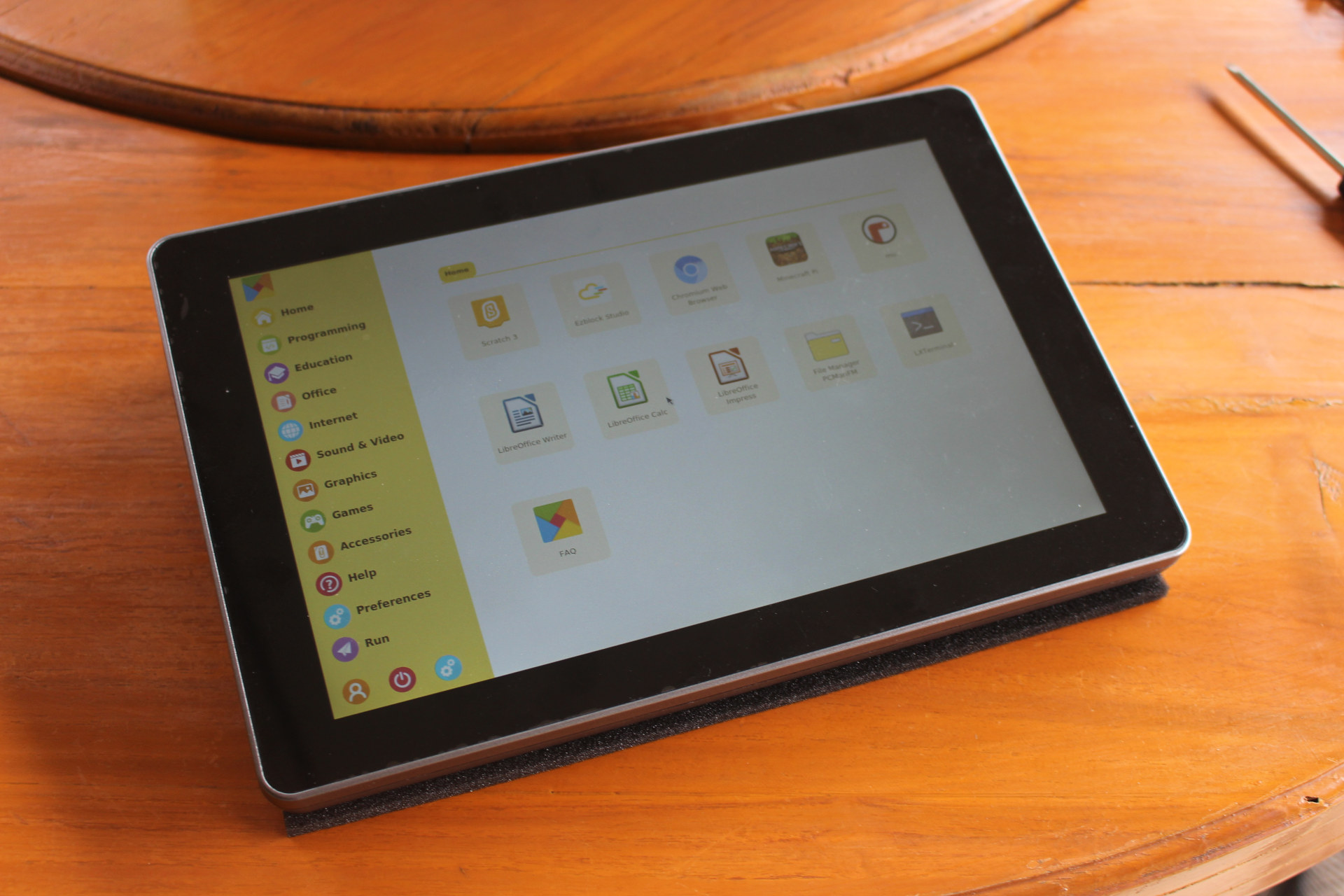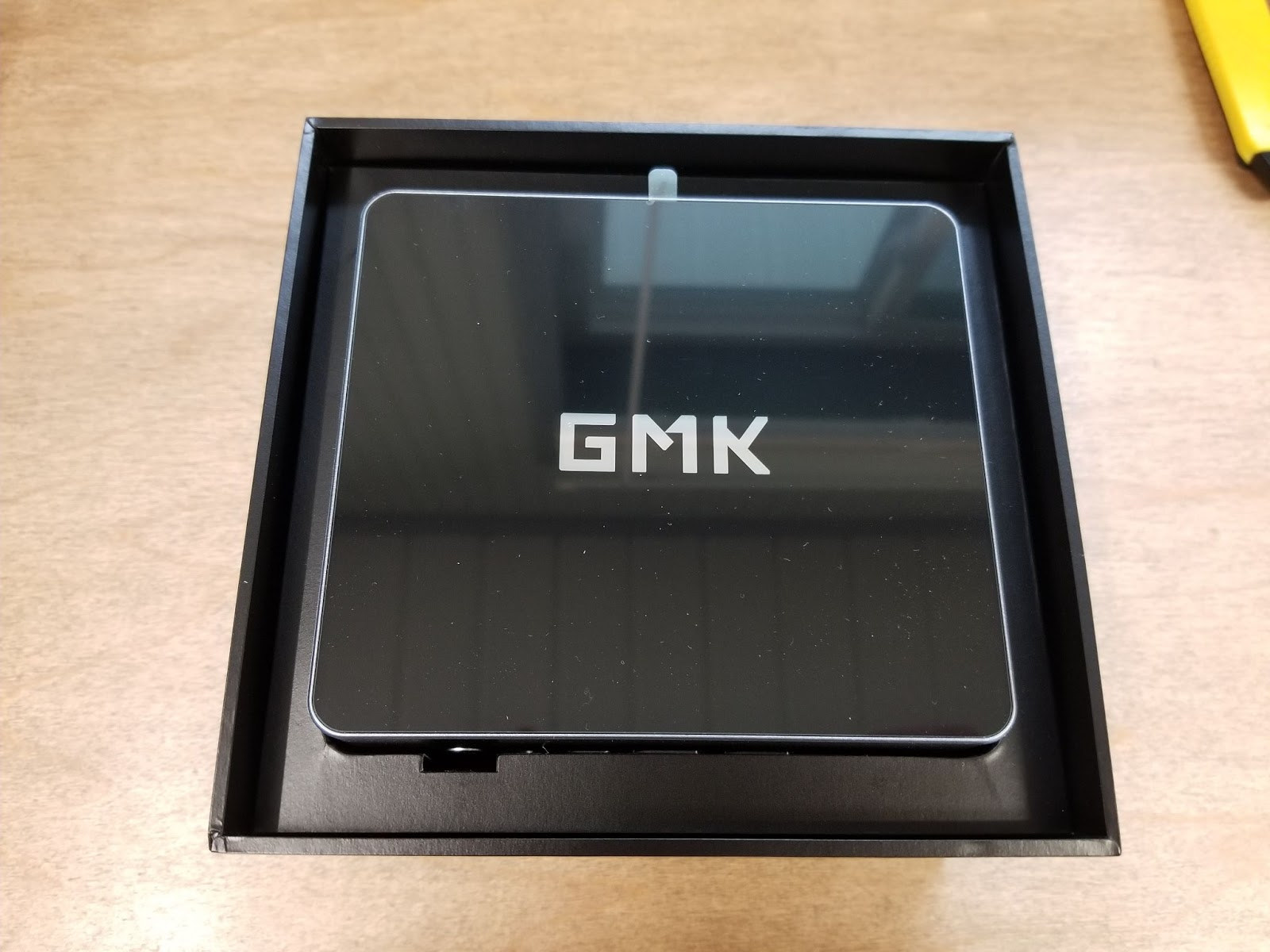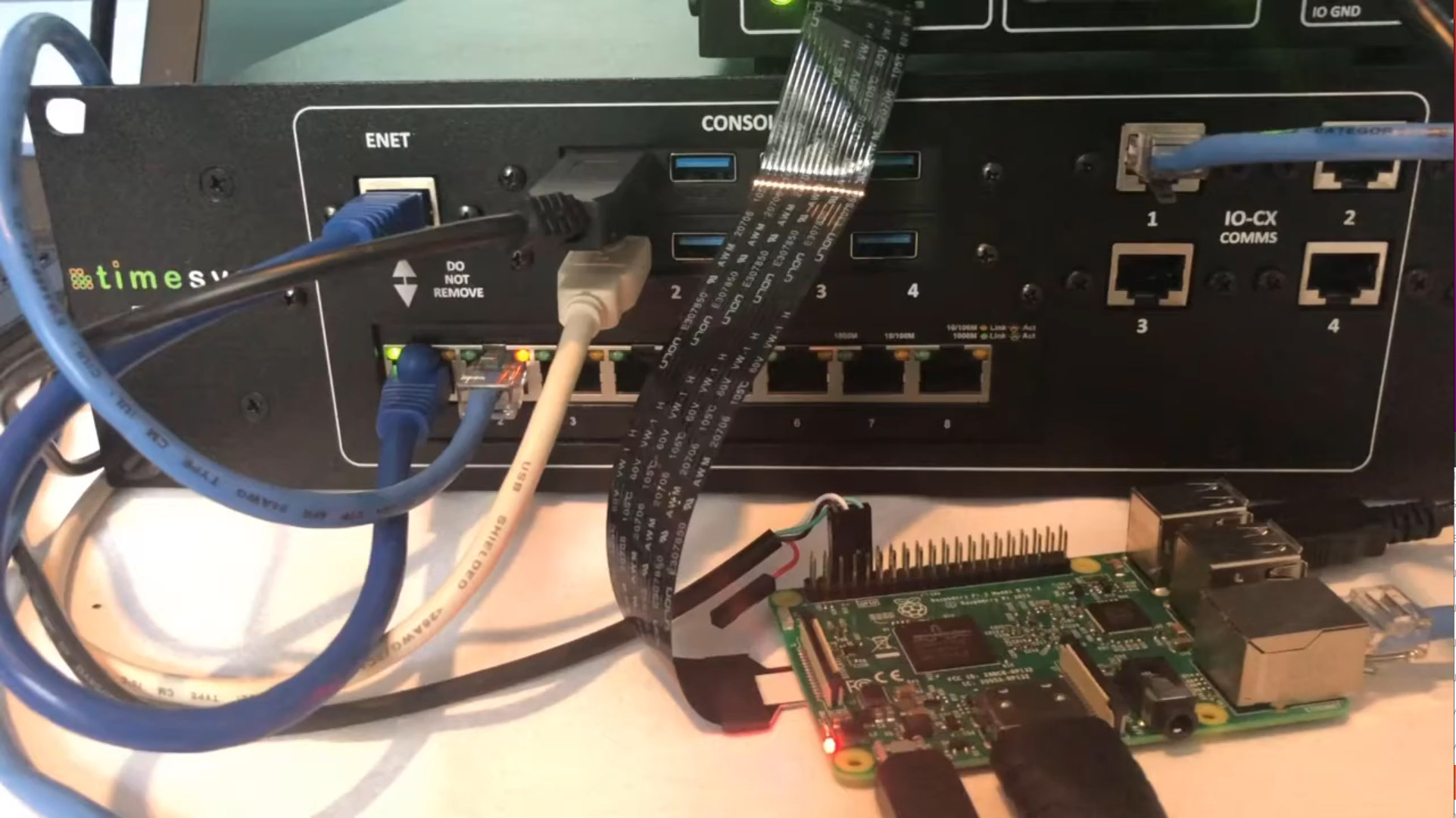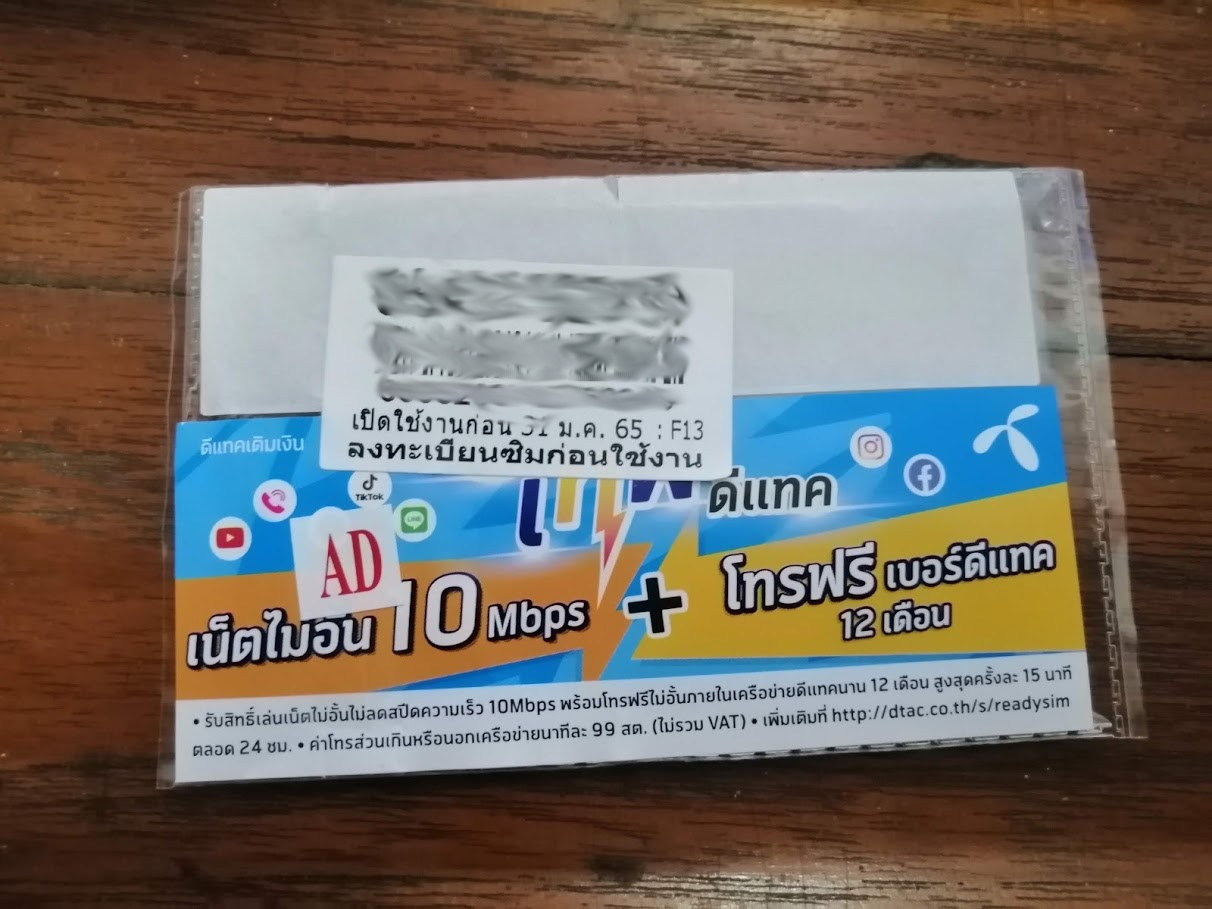DAB Embedded HaneSOM is a tiny (4 cm2) system-on-module based on Microchip SAMA5D2 Arm Cortex-A5 processor running Linux, which could make it the world’s smallest Linux module. The small size is made possible by the use of a SAMA5D2 system-in-package that also integrates 128MB DDR2, and the only two other chips on the modules are a 4MB flash (GD25Q32) and the PMIC (MIC2800). HaneSOM specifications: SiP – Microchip ATSAMA5D27C-D1G system-in-package with SAMA5D27 Arm Cortex-A5 processor @ 500 MHz with NEON, 128MBytes DDR2 System Memory – 128MBytes DDR2 memory Storage – 4 MBytes of QSPI Flash Castellated holes giving access to signal for: Storage – SD card interface Display – 24-bit RGB LCD TFT interface; capacitive touch controller Camera – Up to 5MP CMOS camera sensor support Audio – SSC, I2S Networking – 10/100M Ethernet USB – USB 2.0 (OTG and host) SPI, I2C, UART, CAN-FD, 12-bit ADC, PWM Misc – […]
Cellular system-on-module integrates Quectel BG95-M3 Cat M1, NB-IoT, GPS module
Most systems-on-module come with a processor, memory, storage, and maybe a PMIC and some extra chips such as an Ethernet PHY. Some add wireless connectivity with a WiFi & Bluetooth module, but TT Electronics S-2Connect Creo SoM is more unusual as a Linux-powered SO-DIMM module with built-in Cat M1 & NB-IoT cellular connectivity, as well as GPS. This is implemented through Quectel BG95-M3 multi-mode LPWA module and an eSIM and a micro SIM socket in combination with an NXP i.MX 6UL processor Cortex-A7 processor along with 256MB RAM and a 4GB eMMC flash. S-2Connect Creo SoM specifications: SoC – NXP i.MX6UL Cortex-A7 System Memory – 256MB DDR3L Storaage – 4GB eMMC flash Connectivity LTE Cat M1 (eMTC), Cat NB2 (NB-IoT) 2G/EGPRS fallback via Quectel BG95-M3 module based on Cortex-A7 processor running ThreadX Bands LTE – 1, 2, 3, 4, 5, 8, 12, 13, 18, 19, 20, 25, 26, 27, 28, […]
Panfrost now supports OpenGL ES 3.1 on Midgard (Mali T760 and newer) and Bifrost (Mali G31, G52, G76) GPUs
OpenGL ES 3.0 experimental support for Panfrost open-source Arm Mali GPU driver was announced in February 2020 and culminate with the release of Mesa 20.3 with Panfrost support last December. Collabora has now started to work on Panvk, Panfrost Vulkan driver, but that does not mean OpenGL ES work is done, and the company has just published a blog post about OpenGL ES 3.1 support in Panfrost. Alyssa Rosenzweig explains OpenGL ES 3.1 extends to both the older Midgard GPUs that include Mali T760 and newer version, and the more recent Bifrost GPUs with Mali-G31, Mali-G52 and Mali-G76. Compared to OpenGL ES 3.0, OpenGL ES 3.1 adds compute shaders, indirect draws, and no-attachment framebuffers. Boris Brezillon, Italo, Nicola, Alyssa, and the wider Mesa community especially focused on Mali-G52 GPU, found for instance in Amlogic A311D and Rockchip RK3566, with Panfrost driver passing essentially all of drawElements Quality Program and Khronos […]
3.5-inch SBC targets industrial applications with 9-36V wide-range DC-in
BCM Advanced Research ECM-3455J is an upcoming 3.5-inch SBC designed for industrial application with 9-36V wide range DC-in support, an Intel Celeron J3455 quad-core Apollo Lake processor, up to 8GB SO-DIMM memory, and 32GB on-board eMMC flash. The single board computer also comes with HDMI and LVDS video out, dual Gigabit Ethernet, an M.2 socket a micro SIM socket for cellular connectivity, as well as up to eight USB interfaces, and a thick and large heatspreader for fanless operation. ECM-3455J specifications: SoC – Intel Celeron J3455 quad-core Apollo Lake processor @ 1.5GHz / 2.3GHz (Burst Frequency) with Intel HD graphics 500; 10W TDP System Memory – 1x 204-pin SO-DIMM DDR3L-1600MHz socket for up to 8GB RAM Storage – 32GB eMMC flash (option: 64GB), 1x SATA III port, mSATA socket (See expansion), 64Mbit SPI flash for AMI UEFI BIOS Video Output 18/24-bit dual-channel LVDS through Chrontel CH7511B embedded DisplayPort to LVDS […]
RasPad 3 Review – Part 1: Raspberry Pi 4 “tablet” specs, unboxing and assembly
RasPad tablet kit for Raspberry Pi 3B+ and other SBC’s was introduced in 2018, but Sunfounder has recently introduced an update, RasPad 3 that supports the more powerful Raspberry Pi 4 SBC. After seeing my review of CrowPi2 Raspberry Pi 4 education laptop, the company asked me whether I’d be interested in reviewing Raspad 3 as well. So here we are, and I’ve received a sample of the tablet kit. As usual, I’ll do a two-part review, with unboxing and assembly of the kit. Since I previously missed the RasPad 3 announcement, I’ll start by listing some of the specifications. RasPad 3 specifications Compatible board – Raspberry Pi 4B with Broadcom BCM2711 quad-core Cortex-A72 processor, up to 8G RAM Storage – MicroSD card socket Display – 10.1-inch touchscreen IPS display with 1280×800 resolution, 10-point touch Video Output – Full-size HDMI output Audio – 3.5 mm headphone jack, stereo speaker Connectivity […]
GMK NucBox2 Review – Windows 10, Unraid OS on a Coffee Lake mini PC
Karl here. Today we are going to look at a mini PC. It is by GMK. GMK’s first foray looks to be the NucBox, a super tiny mini pc. I would call the NucBox2 its older, bigger, more capable brother. What stood out to me was the M.2 4x NVMe slot. I don’t anticipate a superfast SSD to come with the NucBox2 but we will see. The NucBox2 only had one 8 GB stick of memory and I had an extra stick laying around so I installed it to get dual-channel support. I think they are doing this mini PC a disservice using memory in single-channel mode. A quick Google search shows an 8GB stick is about $50 and I would highly recommend this upgrade. Notable Specs Processor – Intel Core i5-8259U 4-core/8-thread Coffee Lake processor 802.11 AC WiFI M.2 NVMe 256 GB SSD (Netac) 8GB memory single-channel Gig Ethernet […]
Timesys Embedded Board Farm enables remote access to hardware for software development & QA
When you design a new board with an international team working in multiple locations, there may only be a couple of boards available for testing, and that’s mean some members of the team may not have access to the hardware. The same problem can be true for test farms with a larger number of boards. So it would be good to have a solution to remotely access and control the hardware to speed up development. A few years ago we wrote about MuxPi board using NanoPi NEO SBC to enable remote testing of development boards, but now Timesys has come up with a more advanced solution with the Embedded Board Farm (EBF) capable of sharing multiple boards across teams spread around the world. The solution is comprised of three main components besides the target boards: The Master Server integrated with LAVA test automation framework – It handles docker images, firmware/file […]
How much do you pay for cellular data plans?
I’m mostly working from home using a broadband “Fiber-to-the-home” monthly subscription, with a router handling the connection to computers and devices through Ethernet or WiFi. So I’ve very seldom used cellular data plans since I don’t exactly need to be connected each time I get out. But recently, I’ve been to places for around one or two weeks at a time without WiFi, and my ISP has gotten into the habit of disconnecting for several hours once a month, so I’ve started to connect to 4G cellular networks more often. So far I had purchased daily or weekly plans from my bank app depending on my need for under two dollars a day or $10 per week for a 10 Mbps “unlimited” connection. Unlimited here means the company will not throttle the connection to lower speed after reaching a cap. I had some problems with excessive packet loss (> 70%) […]


